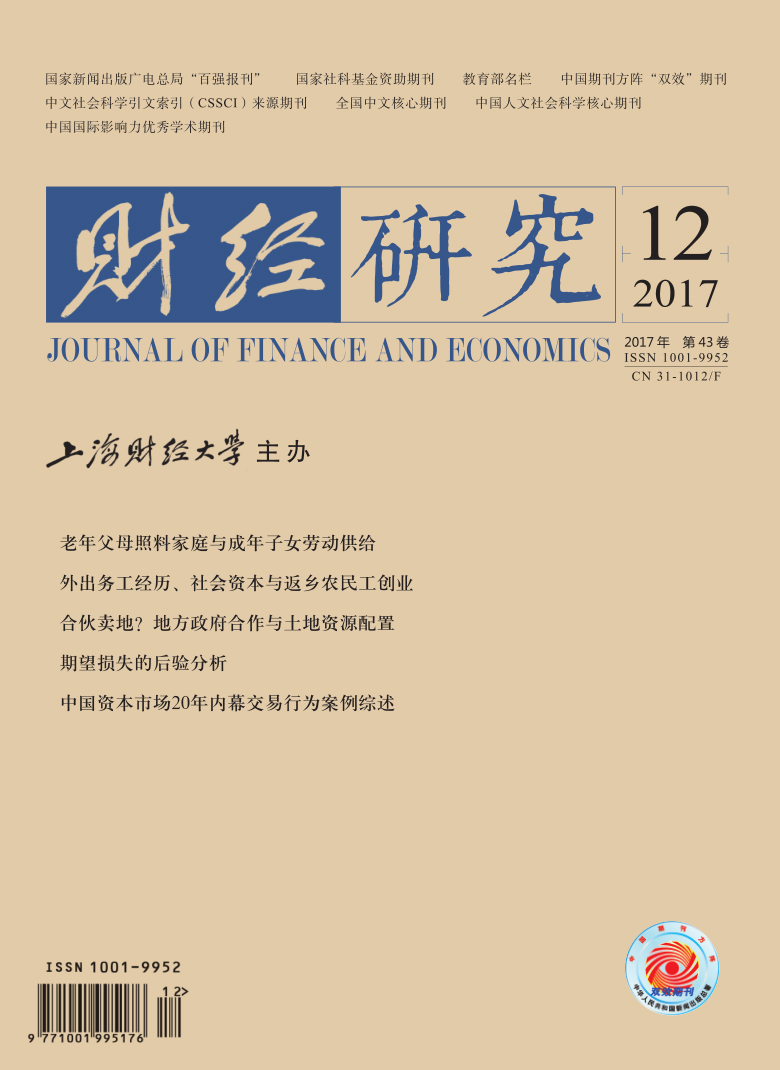An explanation of land conveyance is the key to the understanding of economic development in contemporary China. Current literature on this issue involves two branches:fiscal decentralization and political promotion. Such explanations based on regional competition, however, appear to be less tenable when neglecting the emerging cooperation among local governments. As the tax-sharing fiscal reform breaks down the sustaining system for regional fragmentation, the accelerated integration of national market and increased connections among regional economies help pave the way for cooperation. Nowadays, intergovernmental cooperation gradually becomes the latest trend:China's local governments are active in signing agreements with each other to promote resource allocation and industrial investment, or planning regional economic zones together. Consequently, competition-driven analyses cannot fully describe China's intergovernmental relationship and land conveyance among local governments.
From a cooperation perspective, this paper investigates how local governments' cooperation influences land conveyance. We develop hypotheses from case studies of Anhui's integration into Yangtze River Delta Economic Zone and Guangdong's experience in cultivating regional cooperation. We find that local governments cooperate with each other by co-building industrial parks in poorer but land-abundant regions to transfer industries from the richer but land-scare regions, which is guaranteed by sharing both GDP and taxes. As a result, the poorer regions sell more lands via negotiations to settle down the transferred industries. But for the richer ones, they may either do the same to upgrade industries by attracting high and new technology firms, or sell more lands via auction (short for bidding/auction/hanging) to meet the rapidly rising demand for business and housing.
The above observations are supported by our statistical analyses with provincial panel data from 2003 to 2011. First, using two-way fixed effect model which also controls fiscal and political promotion pressure, we regress the effects of intergovernmental cooperation, measured by both the numbers of cooperation partners and agreements, on the scales of land conveyance through agreements and bidding/auction/hanging respectively. Then we discuss how the policy changes in 2007 regarding of land usage and land conveyance may influence the empirical results, and run a set of robust checks including SUR estimation, spatial Durbin analysis, GMM regression and alternative measurement of intergovernmental cooperation. For the sake of more reliable inference, these robust analyses are applied only to the sample before 2008. The results show that intergovernmental cooperation promotes land conveyance via negotiations while it may crowd out that via auction. This pattern is clearer in terms of the newly expropriated land. Furthermore, we also find differential effects of cooperation on the industrial structures of both provinces in their partnership, which indirectly validates the mechanism of how cooperation influences land conveyance.
The significance of this study lies in two aspects. On one hand, it not only enriches the literature on land conveyance and provides some tentative explanation of the causes and consequences of intergovernmental cooperation, but also presents a new perspective to interpret China's political economy. On the other hand, more practically speaking, the findings may shed some useful insights into cooperation enhancement among local governments, efficiency improvement of land allocation, the advancement of regional economic development strategy, etc.





 8696
8696  6752
6752

